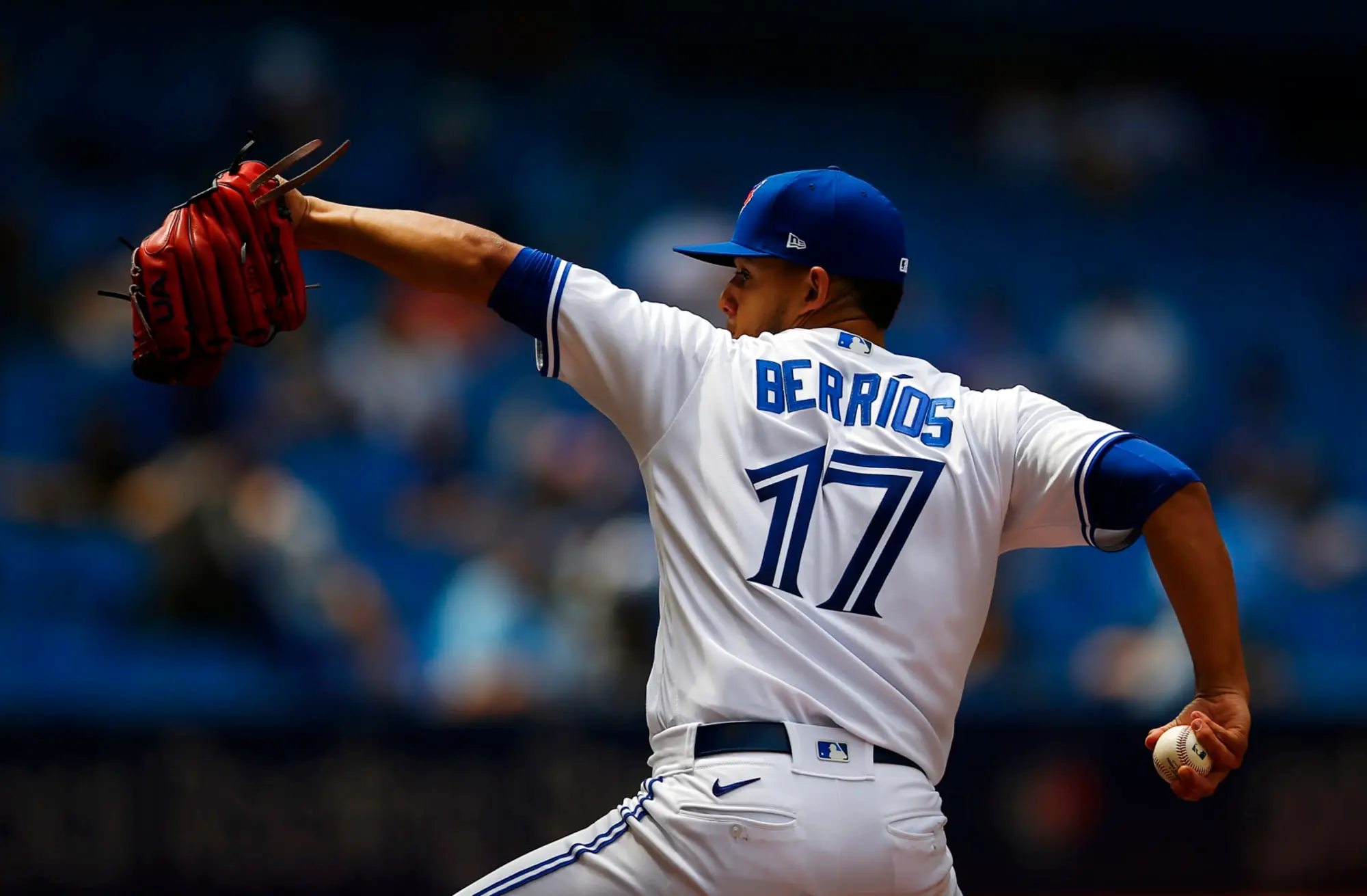Getting to know José Berríos and what we learned from his excellent start against Kansas City
Aug 5, 2021, 12:32 EDT
Keep scrolling for the next article
Breaking News
- It’s a new season, but the same issue plagues the Blue Jays in 2025
- Despite bullpen struggles, the Blue Jays have a bigger problem under the hood
- Blue Jays GDB – 37.0: Jays look to avoid the sweep at the hands of the Angels
- Throwback Thursday: The Blue Jays acquire Devon White from Angels
- MLB betting preview (May 8): Blue Jays vs. Angels predictions
